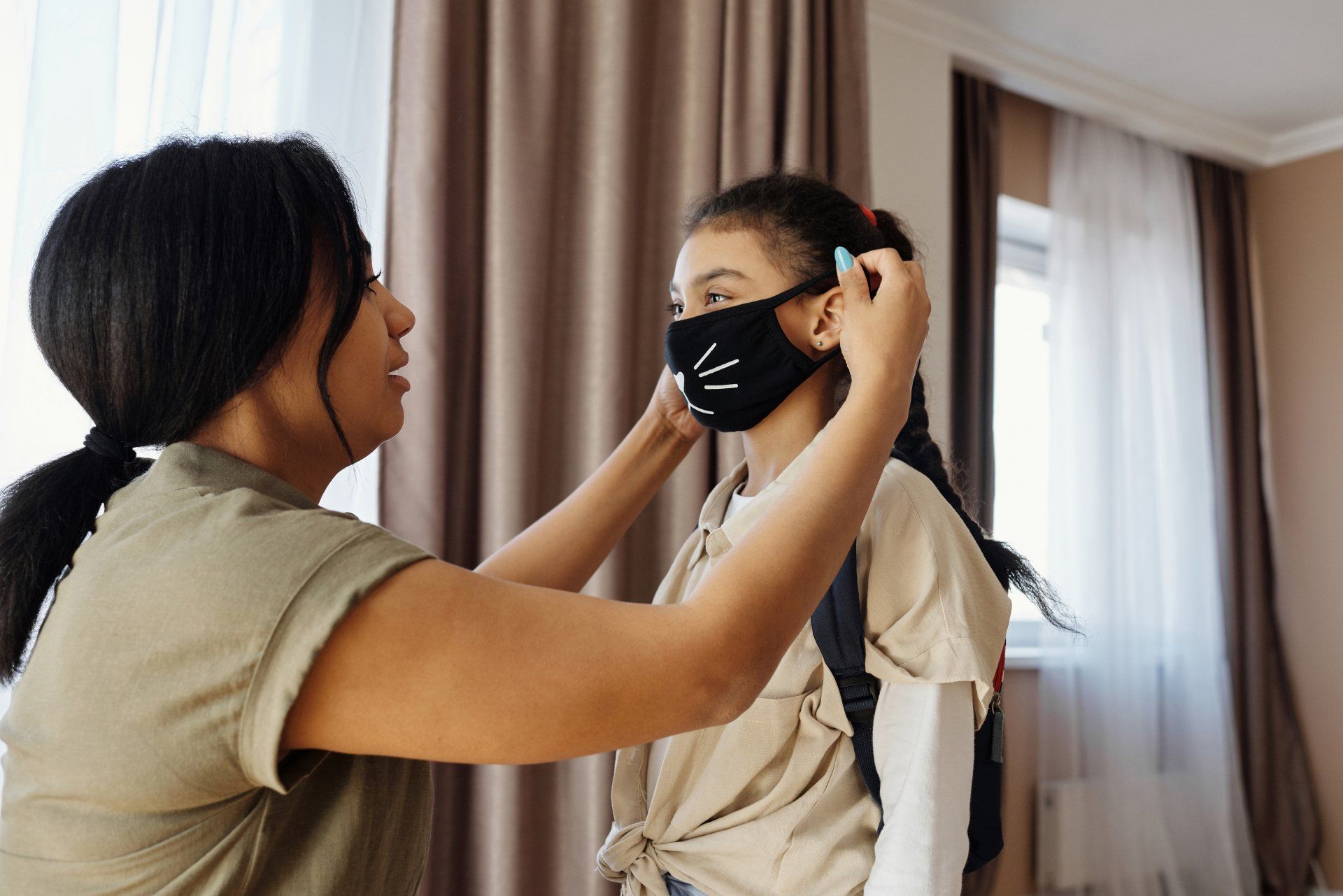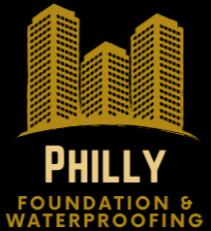From Spores to Solutions: Your Complete Mold Remediation Handbook
The Ultimate Guide to Tackling Mold Growth in Your Home
Mold: a word that can strike fear into the heart of any homeowner. Not only is it unsightly, but it can also pose serious health risks and compromise the structural integrity of your property. Fortunately, with the right knowledge and professional services, mold remediation doesn't have to be a nightmare. This comprehensive handbook will guide you through identifying, removing, and preventing mold, turning a potentially daunting task into a manageable one.

Understanding Mold
Mold is a type of fungus that thrives in moist environments. It reproduces through tiny spores that travel through the air and can settle on surfaces, growing in any conditions where there is moisture and organic material to feed on. Recognizing the signs of mold early is crucial to prevent its spread. Look out for musty odors, visible growths that may appear as spots or patches in various colors (black, white, green, or yellow), and any evidence of water damage.
Health Risks Associated with Mold
Exposure to mold can lead to various health issues, especially for individuals with allergies, asthma, or compromised immune systems. Symptoms of mold exposure can include nasal stuffiness, throat irritation, coughing or wheezing, eye irritation, or, in some cases, skin irritation. People with mold allergies may have more severe reactions, and immune-compromised individuals can get serious lung infections when they get exposed to mold.
The Role of Professional Services in Mold Remediation
While small mold outbreaks can sometimes be managed with DIY methods, significant mold problems require professional services. Mold remediation specialists are equipped with the knowledge, experience, and tools necessary to safely and effectively remove mold from your home. They follow a step-by-step process that includes:
Assessment:
A thorough examination of your property to identify mold growth's extent and source.
Containment: Preventing the spread of mold by isolating the affected area.
Filtration: Using air scrubbers and HEPA filters to remove mold spores from the air.
Removal: Eliminating mold from surfaces and materials, which may involve using antimicrobial and antifungal treatments or removing and disposing of heavily contaminated materials.
Drying: Ensuring the area is completely dry to prevent future mold growth.
Repair and Restoration: Replacing or repairing damaged materials to return your property to its original condition.
DIY Mold Removal Tips
For minor mold issues, there are steps you can take to address the problem yourself:
Ventilation and Sunlight:
Increase airflow and allow sunlight to enter the affected areas, as mold dislikes dry and bright environments.
Cleaning Solutions: Use a mixture of water and detergent to clean non-porous surfaces. For porous surfaces, consider using natural solutions like vinegar or baking soda to avoid damaging the material.
Protective Gear: Always wear gloves, goggles, and a mask to protect yourself from mold spores when cleaning.
Humidity Control: Keep indoor humidity levels below 60% by using dehumidifiers and ensuring proper ventilation.
Preventing Mold Growth
Prevention is key to avoiding the need for mold remediation in the future. Implementing the following strategies can significantly reduce the risk of mold growth in your home:
Fix Leaks Promptly: Water leaks provide the perfect environment for mold to thrive. Regularly inspect your home for leaks and repair them as soon as possible.
Control Humidity: Use dehumidifiers and exhaust fans, particularly in high-moisture areas like bathrooms and kitchens.
Proper Ventilation: Ensure your home is adequately ventilated, including the attic and crawl spaces.
Regular Cleaning: Keep your home clean and free of dust and organic materials that mold can feed on.
Conclusion
Mold remediation is a crucial process for maintaining a healthy living environment and preserving the value of your property. By understanding the causes and health risks associated with mold, utilizing professional services for significant mold issues, and implementing preventative measures, you can protect your home and your health from the dangers of mold. Remember, tackling mold growth is about more than just aesthetics; it's about ensuring the safety and well-being of your home's occupants.
Protect Your Investment from Structural Damage, Water & Mold Serving the Tri-Sate Area
PA License #PAHIC169133
DE License #2022707501
NJ License #13VH12234100
Hours of Operation
Mon to Fri 7am to 7pm
Sun to Sun: 7am - 7pm
©Philadelphia Foundation Repair & Waterproofing

